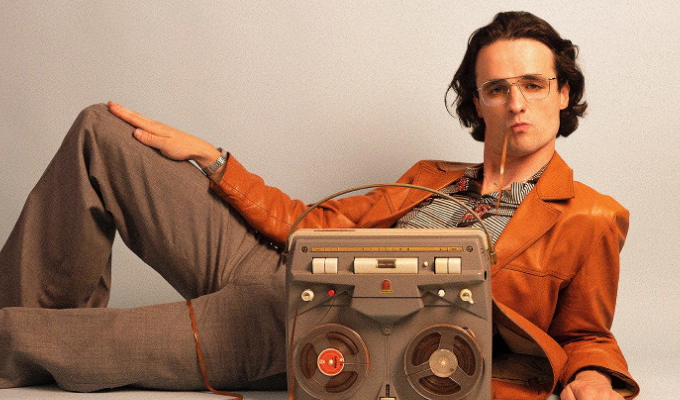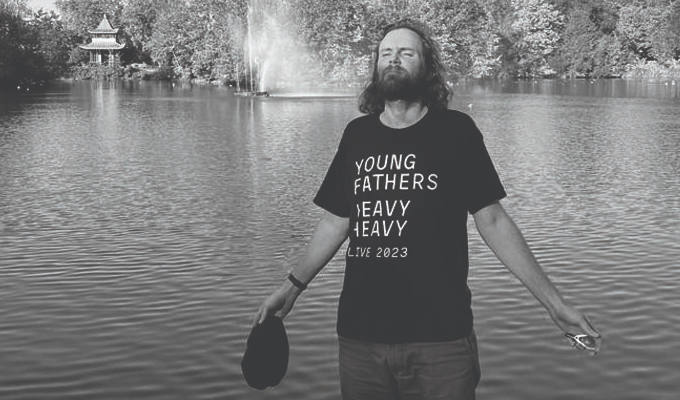Book Review: Fringe, by James Aylett and James Lark
Around 17,000 performers will swarm to Edinburgh next month, and most of them won’t have a clue what they’re doing.So it comes of something as a surprise that, until now, there has been no independent guide about taking a show to the Fringe – and surviving the festival once you get there. This is the gap in the market authors James Aylett and James Lark are trying to fill.
Aylett, a former Cambridge Footlighter who now works in advertising, first went to the Fringe in 1995, while Lark has been with him twice, as part of the improv group The Uncertainty Principle. So between them, they should be wise oracles of all things Fringe. Sadly, their lack of focus and ill-advised attempts to be funny mean this isn’t the definitive guide you might have hoped for.
The section on eating and drinking, for example, mentions just four places, including The Tron, the abysmal teenage hangout you have to fight your way through to get to the decent Fringe venue beneath.
Detail, they’ve got, but it’s not always of the useful kind. So they’re happy to devote pages to describing everything from the toilets in the Pleasance to the pelican crossings in Leith Walk, but don’t give out details of any agencies that might help you find somewhere to stay.
And that’s the ultimate failing: that they try too hard to be quirky on pointless things no one cares about (Peruvian pan-pipe buskers, sneery comments about Paul Daniels, a stupid ‘list of items you need to read this book’ including a Kylie CD and rat poison) to give performers the hard facts they really need.
That said, the book does contain useful pointers for Edinburgh virgins, such things as a checklist as to what makes a good flyer and things that are easily when drawing up a budget, that it might help novices avoid some of the more avoidable traps and disappointments of this frenzied festival.
It also gives a reasonable feel for what it’s like living in such a claustrophobic atmosphere for a month – though again the authors get sidetracked into such inconsequential trivia as the ‘hushometer’ they pinned up in their company’s flat to measure the number of times they told each other to shut up.
The book is aimed more at the theatre group than the comedian with advice, for instance, on what play to choose to take up, or the role of the sound designer.
Indeed, in the section covering what to see, all the myriad stand-up shows are covered in one paragraph, with the advice: ‘An hour is a good length [for show] and unless they’ve got good previous reviews, it should be an hour of several different people’ – offhandedly dismissing at a stroke the scores of solo shows by good but hardly famous circuit acts that make up not only the bulk of the comedy programme, but almost all the festival buzz.
In contrast, improv - the authors’ field of performance - gets a whole page and the conclusion ‘improvised shows are generally recommended’. Trust me, they’re not – unless they’ve got Paul Merton in.
When it comes to advice, the book has small pockets of great stuff among reams of rubbish. In that, at least, it has captured the true Fringe experience.
Fringe, by James Aylett and James Lark, was published by Friday Books last week at £9.99. Click here to buy from Amazon for £6.59
Steve Bennett
July 10, 2006
Published: 23 Sep 2006






